A study planner helps you manage your time, stay organized, and prepare effectively for exams. Here’s why they’re useful and how to pick the right one:
| Planner Type | Key Features | Ideal For |
|---|---|---|
| Hobonichi Weeks | Weekly calendar with graph paper layout | Structured weekly planning |
| Bullet Journal | Fully customizable with rapid logging | Creative and flexible organization |
| Erin Condren Life Journal | Pre-made layouts with goal-setting sections | Ready-to-use detailed organization |
To get started, customize your planner with color coding, stickers, and progress trackers. Use tools like fine-tip pens, washi tape, and sticky notes to personalize it further. A good planner simplifies your study routine and keeps you on track for academic success.
Finding the right study planner can make a big difference in staying organized and building effective study habits. The goal is to choose one that fits your study style and daily needs.
When picking a study planner, keep these factors in mind:
| Feature | Why It Matters |
|---|---|
| Size | Affects portability and how much space you have to write |
| Layout | Helps you organize your study sessions effectively |
| Paper Quality | Prevents ink smudging and ensures durability |
| Customization Options | Lets you create a system that works for you |
A good planner strikes a balance between structure and flexibility, making it easier to manage both your classes and study time.
Customizing your planner can make it more enjoyable to use and help you stay motivated. Personal touches can turn it into a tool you’ll actually want to open every day.
Here are some ideas to make it your own:
"By adding personal touches such as stickers, washi tape, and color coding, students can make their planner more engaging and tailored to their needs" [4].
The best planner is the one you’ll actually use. Whether you go for a structured option like the Erin Condren Deluxe Monthly Planner or a flexible bullet journal, pick something that fits your study routine and keeps you organized [4][5].
A good study planner blends practicality with a touch of personal style to help you stay organized and focused on your academic goals.
Stickers and accessories can turn a plain planner into a visually appealing and functional tool. Whether you prefer calming tones or bold, vibrant designs, stickers can help you prioritize tasks and stay on top of deadlines.
| Purpose | Sticker Type | How It Helps |
|---|---|---|
| Task Management | Checklists & Boxes | Keep track of assignments |
| Progress Tracking | Dots & Headers | Measure your study goals |
| Time Blocking | Icons & Text | Plan and organize study sessions |
| Subject Organization | Themed Sets | Separate subjects visually |
Use stickers strategically to create clear reminders and make your planner easier to navigate.
The Hobonichi Weeks layout is a great example of a setup that balances structure and flexibility, making it perfect for combining schedules, notes, and study plans.
Here are some layout ideas to try:
A well-thought-out layout ensures your planner works efficiently for your needs.
The right supplies can make your planner more effective and enjoyable to use. Start with durable paper that resists ink bleeding, and add these essentials:
With these tools and a bit of creativity, your study planner can become an essential part of your academic routine. </
Break down your study goals into smaller, easier-to-handle tasks. A method like the Pomodoro Technique can help you stay focused and avoid burnout during study sessions [1].
When setting priorities, allocate your time wisely:
| Priority Level | Suggested Time Allocation |
|---|---|
| High: Exams & Major Projects | 40% |
| Medium: Weekly Assignments | 35% |
| Low: Review & Practice | 25% |
Once you’ve organized your tasks, focus on building a routine that fits your schedule and study habits.
A steady routine is key to effective studying. Schedule study blocks during the hours when you’re most alert and productive. Use tools like color coding or symbols to track your progress and highlight areas that need extra attention [2].
After setting up your routine, you can adapt it to different planner layouts and strategies that suit your workflow [3].
Plan your week with purpose:
For better organization, try using visual aids like colors or stickers. For instance, assign one color to science subjects and another to humanities. This makes it easier to spot and prioritize tasks without wasting time flipping through your planner.
Study planners can completely change the way students manage their academic work. By combining structure and personal preferences, they create an organized path to success. Whether you prefer Hobonichi Weeks, bullet journals, or Erin Condren planners, there’s something for everyone. Features like the Tomoe River paper in Hobonichi planners highlight thoughtful design elements that make planning both enjoyable and practical [6].
Starting with a planner doesn’t have to be complicated. Today’s planners cater to different needs, whether you prefer a structured layout or a more creative approach. With these tools at your disposal, you can craft a study plan that fits your style.
Planners like bullet journals and Erin Condren designs let you customize your system, helping you stay on track and motivated. As you build your routine, you’ll figure out what works best for keeping you organized. A well-maintained planner can be a powerful tool for reaching your academic goals.
Stickers Made for Planning
Our custom stickers are a fuss-free way to brighten up your planner pages with perfectly-sized designs that add a spark of personality to every layout.
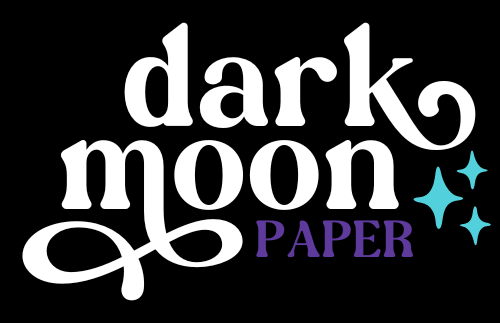
Why use planner stickers?
Planner stickers make organizing easy, fun, and personal! Add color, creativity, and structure to every page, transforming your planner into a tool that reflects you. Perfect for tracking, decorating, and staying inspired daily!
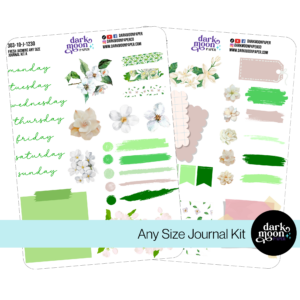
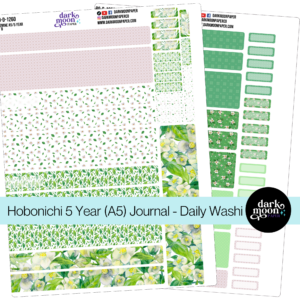
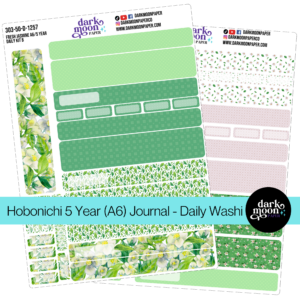
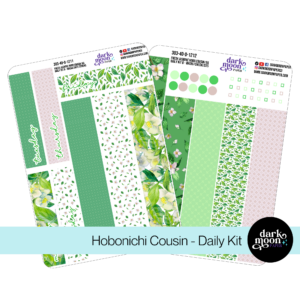
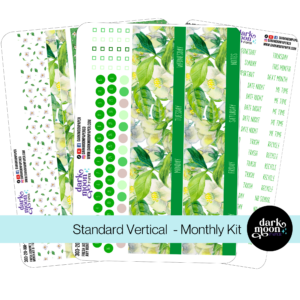
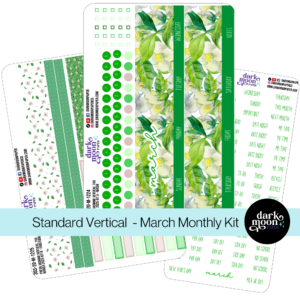

Hello and welcome!
I’m Rachael Snow, a lifelong artist and entrepreneur, and I started Dark Moon Paper to blend my love of art, technology, and the mysterious beauty of the world around us. My sticker kits are meant to set the mood, tell a story, and give you a little escape from the ordinary.
I work from my cozy studio tucked away in the beautiful woods of Oregon, surrounded by nature and a dark night sky full of stars.